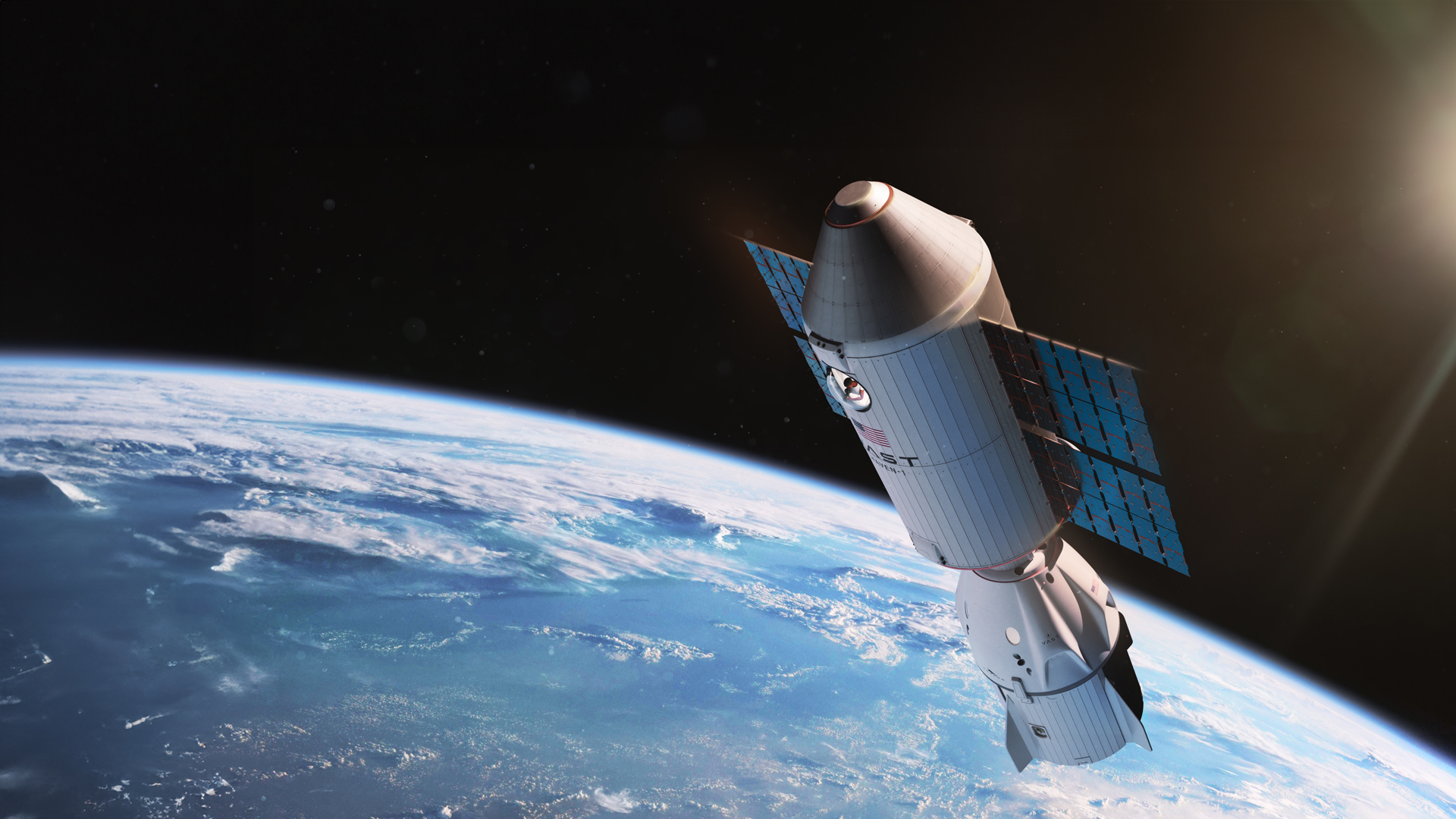Science
Vast Endorses NASA’s New Strategy for Commercial Space Stations

Max Haot, the CEO of commercial space station developer Vast, expressed strong support for NASA’s revised strategy aimed at fostering the development of commercial space stations. Speaking at the Global Aerospace Summit on September 11, Haot described the new approach as a crucial step to maintain the United States’ human presence in orbit. He emphasized that the strategy, which was announced over a month ago, involves multiple Space Act Agreements that will lead to a planned demonstration mission with a four-person crew over 30 days.
Haot believes this new plan accelerates the timeline for awarding agreements, with NASA projecting that multiple funded contracts will be awarded by April 2026, significantly earlier than previous expectations. “We think it’s really the right direction,” he stated, highlighting the importance of a competitive environment in the commercial space sector. He noted that awarding two or three agreements would mirror the successful model seen in the commercial crew program, which involved both Boeing and SpaceX.
Strategic Importance of Competition
In his address, Haot argued that having multiple winners is essential for fostering innovation and competition, stating that previous plans might have led to a single winner without adequate station experience. “That’s just not wise,” he remarked. He also expressed support for the 30-day demonstration mission, which has faced scrutiny as some perceive it as a potential retreat from a permanent human presence in low Earth orbit following the retirement of the International Space Station. Haot countered this perspective, asserting that the demonstration mission serves as a stepping stone toward establishing a permanently crewed station.
“If you say, ‘I want permanent presence on day one,’ all you do is you delay when you see that,” he explained. NASA plans to pursue longer missions in subsequent phases when it begins acquiring services from commercial stations. Angela Hart, manager of NASA’s Commercial LEO Destinations program, affirmed at an industry event on September 8 that it is not NASA’s long-term goal to limit missions to just one month.
Vast’s Long-Term Commitment
Some industry observers note that Vast stands to gain from NASA’s revised strategy due to its development of Haven-1, a single-module station designed for four-person crews on missions totaling approximately 40 days. Haot clarified that the company remains committed to its broader vision, which includes a larger Haven-2 station intended to support NASA’s goals. “We think it’s critical to stay in low Earth orbit, not to cede it to China,” he asserted.
According to Haot, Vast aims to sell not only missions to NASA but also to other international partners, projecting that 20% to 30% of its revenue will come from the U.S. government, while a larger share will derive from global collaborators. He further indicated that private individuals could contribute 10% to 15% of revenue, primarily focusing on research and exploration rather than tourism.
Haot emphasized the importance of developing profitability with current customers, stating, “Our view is, if you’re profitable in the current market, we will get to unlock that.” He acknowledged that while future markets, including in-space manufacturing, sponsorship, and media opportunities, could be substantial, the timeline for their realization remains uncertain. “No one knows if it will take five years, two years, or ten years,” he concluded, underscoring the need for resilience and adaptability in the evolving landscape of commercial space exploration.
-

 Lifestyle3 months ago
Lifestyle3 months agoLibraries Challenge Rising E-Book Costs Amid Growing Demand
-

 Sports3 months ago
Sports3 months agoTyreek Hill Responds to Tua Tagovailoa’s Comments on Team Dynamics
-

 Sports3 months ago
Sports3 months agoLiverpool Secures Agreement to Sign Young Striker Will Wright
-

 Lifestyle3 months ago
Lifestyle3 months agoSave Your Split Tomatoes: Expert Tips for Gardeners
-

 Lifestyle3 months ago
Lifestyle3 months agoPrincess Beatrice’s Daughter Athena Joins Siblings at London Parade
-

 World3 months ago
World3 months agoWinter Storms Lash New South Wales with Snow, Flood Risks
-

 Science3 months ago
Science3 months agoTrump Administration Moves to Repeal Key Climate Regulation
-

 Science2 months ago
Science2 months agoSan Francisco Hosts Unique Contest to Identify “Performative Males”
-

 Business3 months ago
Business3 months agoSoFi Technologies Shares Slip 2% Following Insider Stock Sale
-

 Science3 months ago
Science3 months agoNew Tool Reveals Link Between Horse Coat Condition and Parasites
-

 Sports3 months ago
Sports3 months agoElon Musk Sculpture Travels From Utah to Yosemite National Park
-

 Science3 months ago
Science3 months agoNew Study Confirms Humans Transported Stonehenge Bluestones









